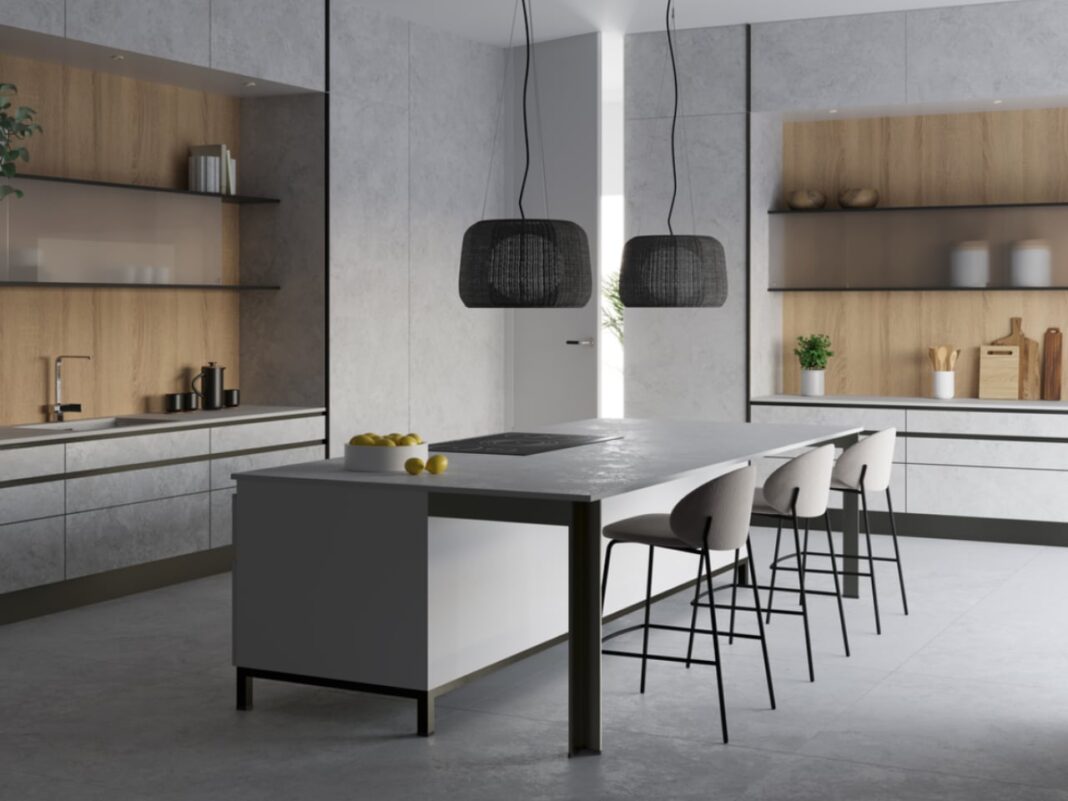The sintered stone market is having a moment, with projections showing a $448 million valuation in 2025. Neolith made quite the splash at Salone del Mobile 2025 with what might be their biggest product launch yet. The Spanish manufacturer rolled out four new surface designs that tackle real architectural challenges while pushing material technology forward.
Designer: Neolith
Their April presentation in Milan had thousands of visitors checking out the latest innovations. The timing couldn’t be better, as architects and designers are actively hunting for alternatives to traditional materials that deliver superior performance without giving up on looks.
The Atmosphere Collection: Digital Texture Technology Changes Everything
The Atmosphere collection is Neolith’s answer to what commercial and residential projects actually need today. Each of the four models tackles specific aesthetic and functional challenges while keeping the durability that makes sintered stone surfaces worth specifying. The collection shows how smart manufacturing can create surfaces that nail both technical performance and visual appeal.
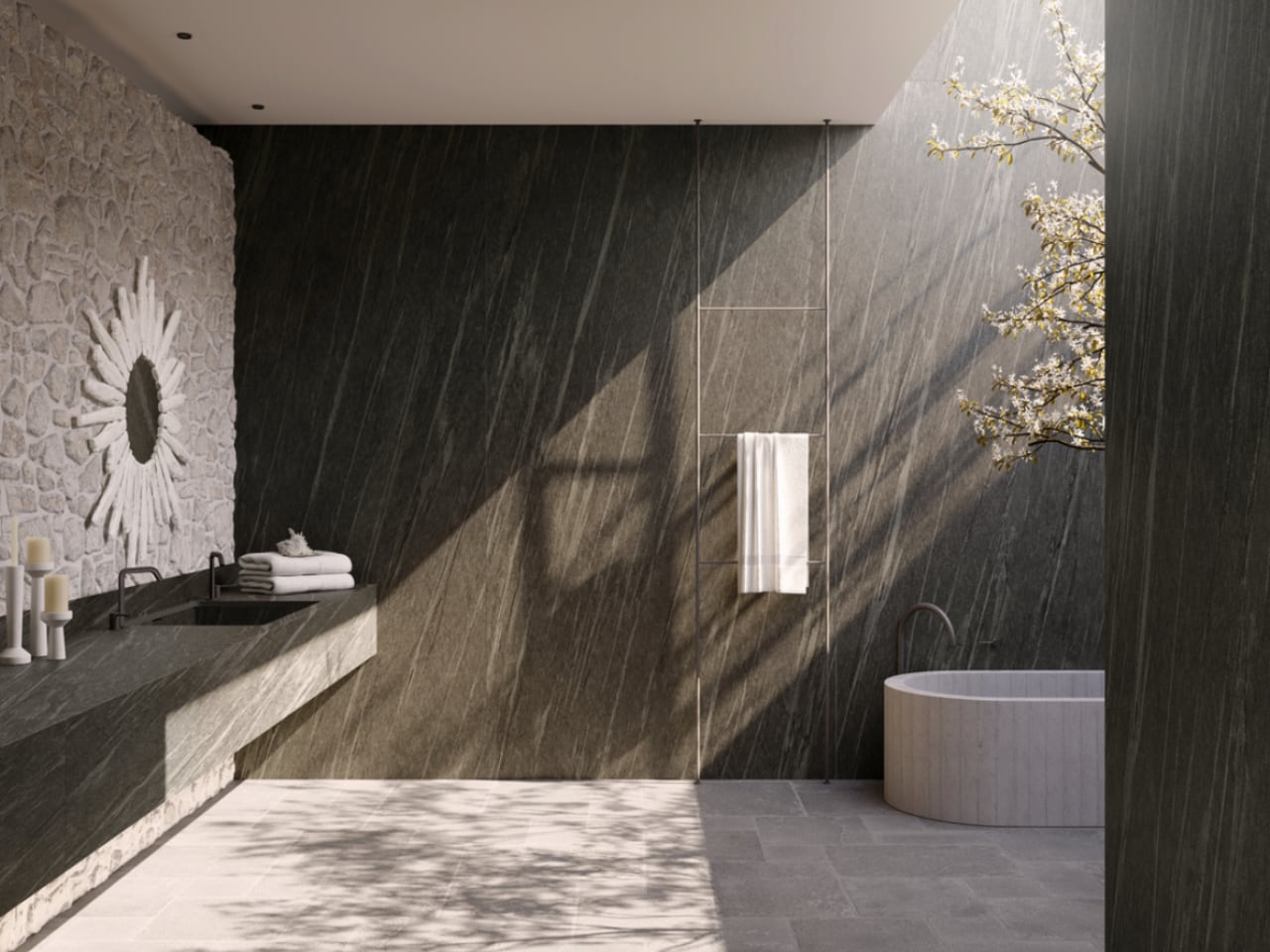

The big news here is digital texture technology that creates surface variations mimicking natural stone formations. This manufacturing process adds microscopic surface irregularities that give you visual depth and tactile interest while keeping surfaces easy to clean. It directly addresses the biggest complaint about engineered surfaces: they look too uniform and fake compared to natural materials.
The digital process controls texture depth and pattern distribution with precision you just can’t get from natural stone extraction. Manufacturing parameters can be adjusted to create specific surface characteristics while maintaining consistency across production runs. This level of control means architects can specify exact aesthetic requirements while knowing they’ll get reliable performance. The technology works for large-format installations that maintain visual flow while adding subtle variations that prevent the boring, repetitive look common in engineered materials.
WhiteSands and Rapolano: Two Takes on Natural Inspiration
WhiteSands debuts the digital texture technology with patterns that mimic natural sandstone formations. The surface brings warm neutral tones with subtle grain patterns that shift appearance under different lighting conditions. Available in standard thicknesses of 3mm, 6mm, 12mm, and 20mm, WhiteSands works for tons of different applications. The thinner profiles handle wall cladding and furniture applications, while thicker options work great for countertops and flooring installations.
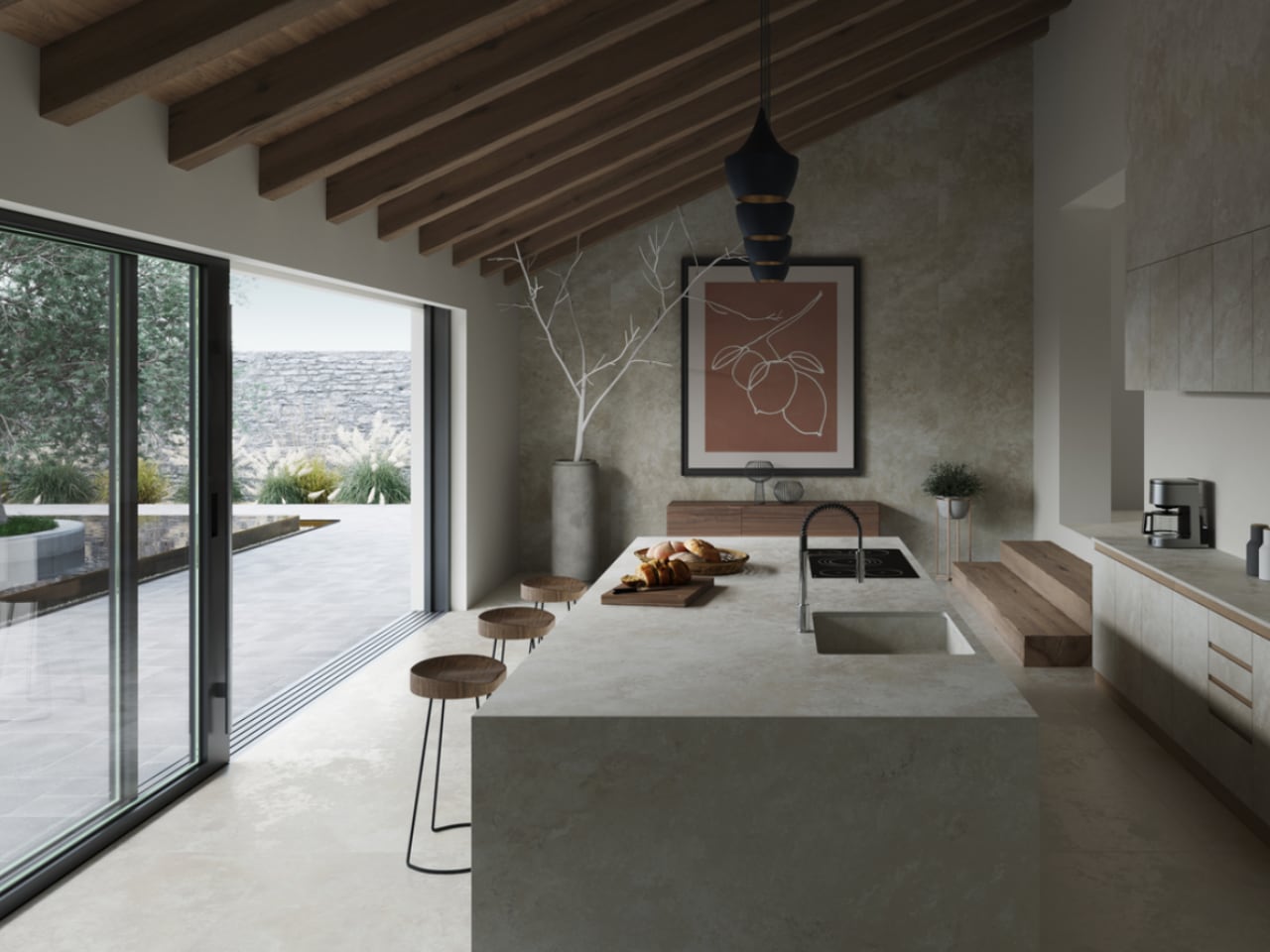

Rapolano uses the same digital texture technology but goes in a completely different aesthetic direction inspired by Italian travertine formations. The surface brings warm earth tones and subtle mineral patterns that create depth variations under changing light. Interior designers are already specifying Rapolano for hotel lobbies and restaurant installations where sophisticated warmth matters. Both materials share identical technical specifications and installation flexibility, with the shared manufacturing platform ensuring consistent performance characteristics.
The material’s UV resistance makes both surfaces work for interior and exterior applications without color fading. Installation flexibility covers multiple mounting systems, from the HC system for hidden chemical fixation in facade applications to traditional mechanical systems for interior installations. Project specifications can be tailored to specific performance requirements without messing with aesthetic continuity.
Artisan and Ignea: Residential Warmth Meets Commercial Drama
Artisan focuses on refined surface treatments that emphasize craftsmanship aesthetics. The design incorporates subtle tool marks and surface variations that suggest hand-finished materials while maintaining sintered stone’s technical advantages. The surface works particularly well in residential applications where homeowners want materials that feel authentic but perform reliably. Artisan’s matte finish reduces glare while providing stain resistance and durability, and unlike natural stone, it doesn’t need sealing and resists staining from common household substances.
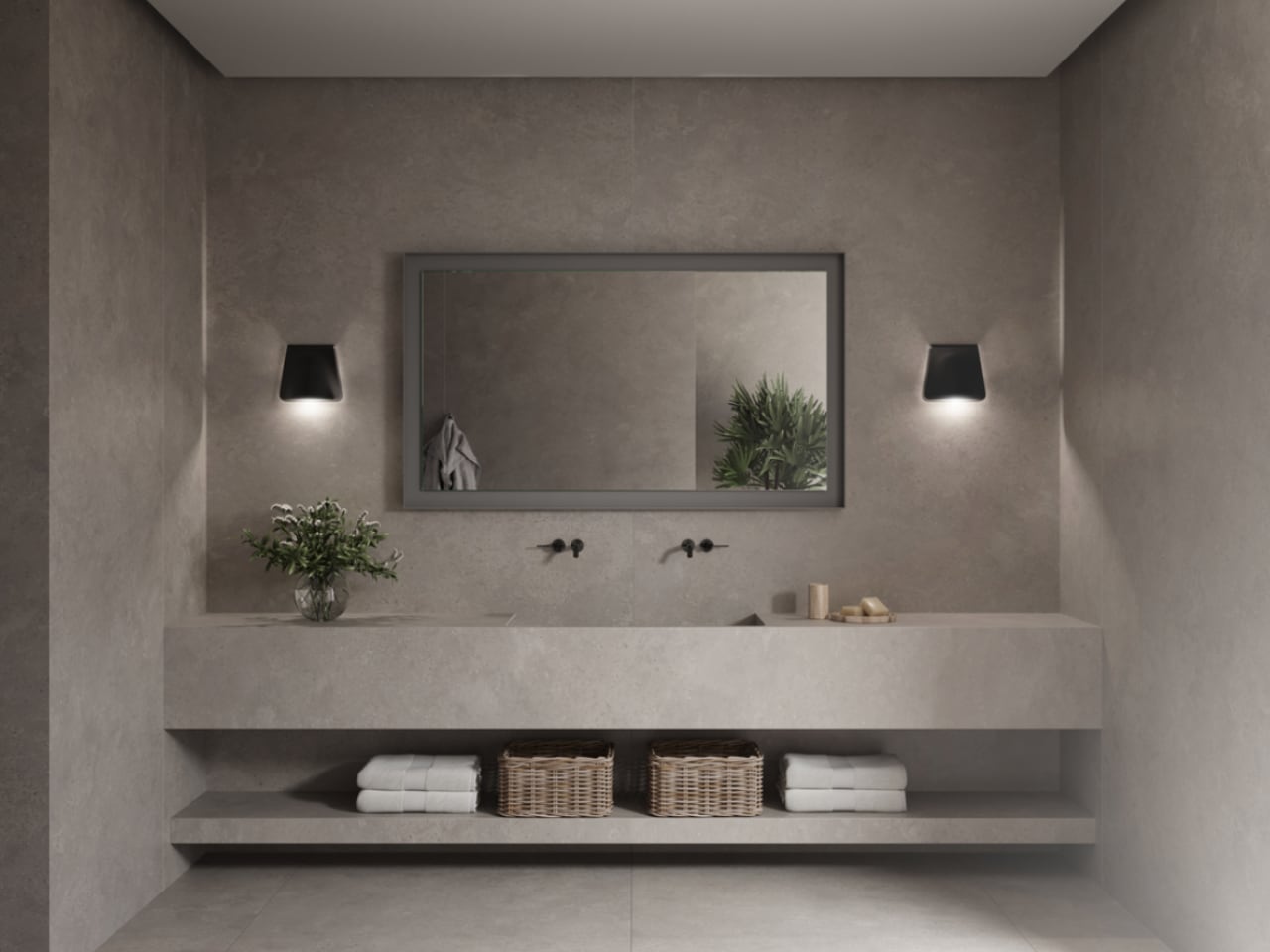

Ignea completes the collection with a focus on serious visual impact. The surface incorporates deep color variations and bold veining patterns that create focal points in architectural spaces. Commercial architects are showing particular interest in Ignea for lobby installations and feature walls where visual impact is the priority. Available in sheets up to 3200mm x 1600mm, Ignea minimizes visual interruptions in grand architectural spaces while maintaining its appearance under heavy use in high-traffic applications.
Technical Performance and Installation Flexibility
Neolith’s Atmosphere collection sticks with the company’s standard thickness offerings: 3mm, 6mm, 12mm, and 20mm. Application recommendations vary by thickness, with paneling applications using 3mm through 6mm options, while paving requires 6mm through 20mm thicknesses. The material’s technical properties include UV resistance, heat resistance up to 300°C, and zero porosity, enabling applications ranging from kitchen countertops to exterior building facades without performance issues.
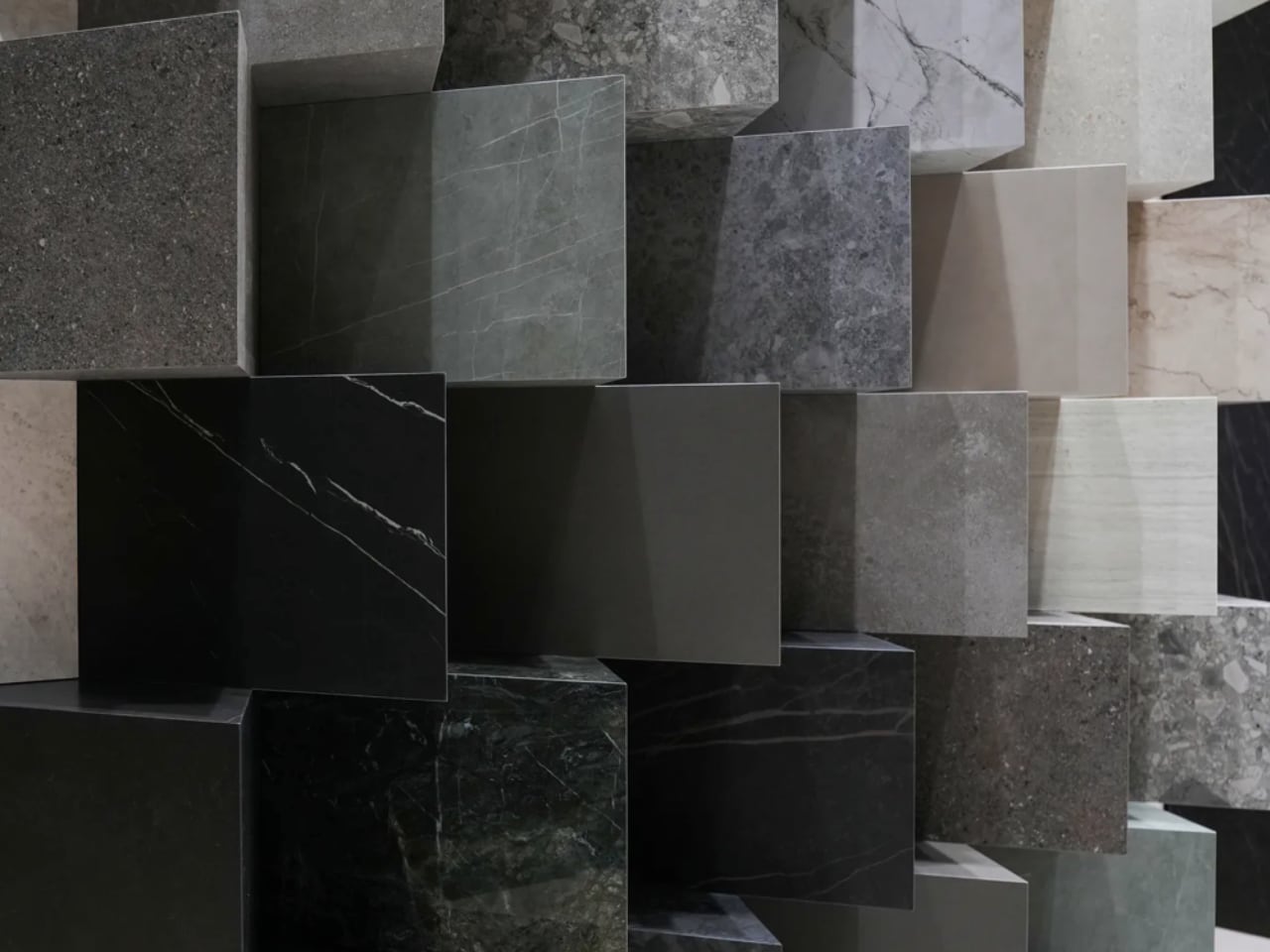

Installation methods depend on application requirements and structural considerations. Facade systems include the HC system for hidden chemical fixation and the VM system for mechanical ventilation. Interior applications typically use standard adhesive mounting with proper substrate preparation. Quality control maintains consistency across production runs, ensuring color and pattern matching for large projects requiring multiple shipments.
Sintered stone shows superior performance characteristics compared to traditional countertop materials. Durability testing reveals higher resistance to heat, scratches, and stains than quartz or granite alternatives. The non-porous surface eliminates sealing requirements while providing superior stain resistance compared to granite. Heat resistance exceeds quartz capabilities, allowing direct contact with hot cookware without surface damage, which proves significant in commercial kitchen applications where thermal shock resistance matters.
Sustainability Meets Market Leadership
The Atmosphere collection incorporates up to 98% recycled materials in its manufacturing process, supporting Neolith’s “Zero Waste” policy. Glass, ceramic waste, and mineral byproducts contribute to the raw material mix without compromising final product quality. Energy-efficient production processes complement the recycled content strategy through reduced resource consumption, with Neolith’s Castellón facility integrating automated systems that minimize waste generation throughout the manufacturing cycle.
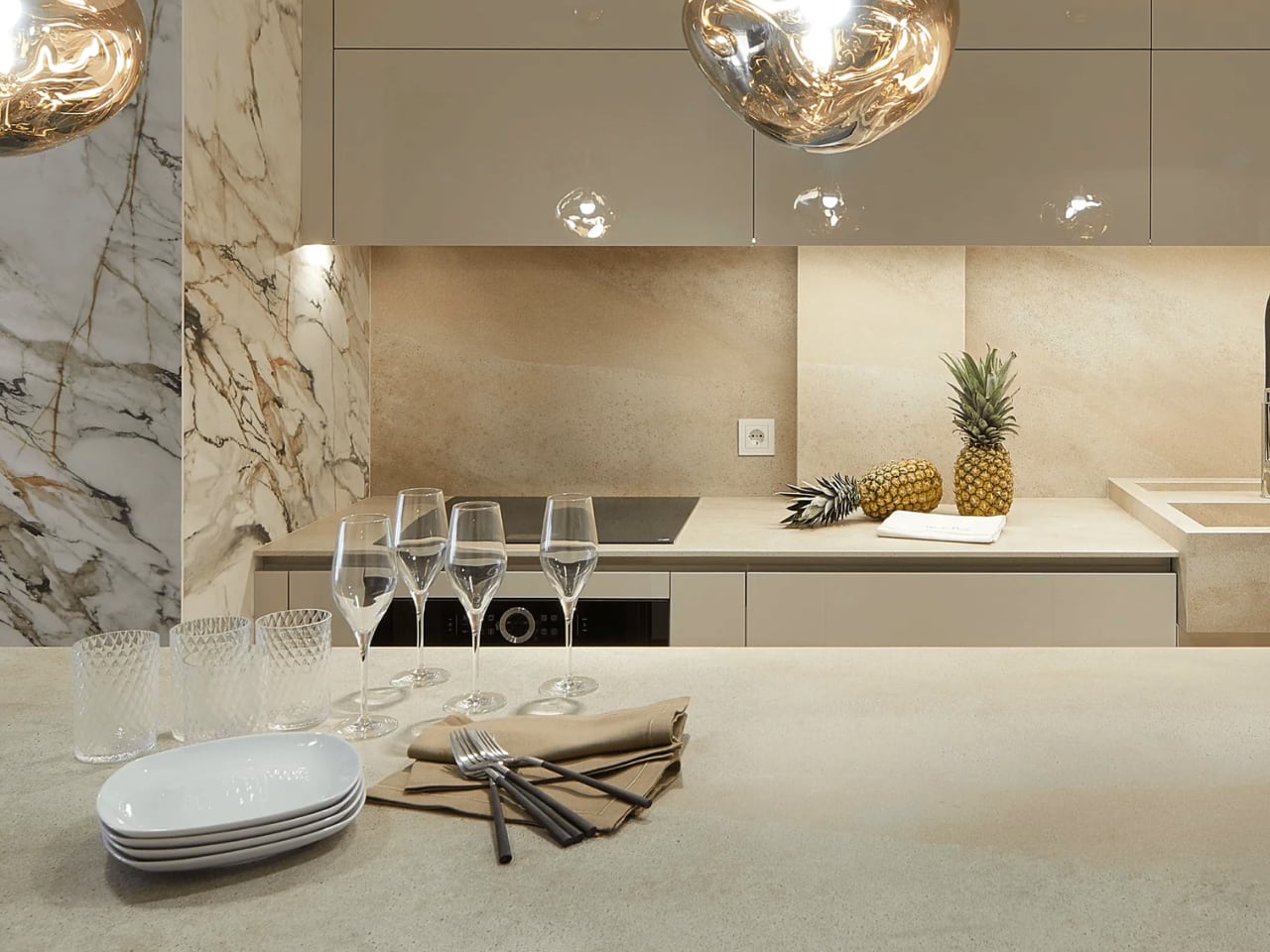

The sustainability focus addresses growing architectural demand for materials with verified environmental credentials. LEED and BREEAM certification processes increasingly favor materials with high recycled content and low environmental impact. Third-party verification confirms the environmental benefits while ensuring performance standards remain solid.
Neolith’s design excellence earned recognition through the German Design Award 2025 in the “Excellent Product Design” category. The collection launched simultaneously at Salone del Mobile 2025 and KBIS 2025, showing Neolith’s commitment to both European and North American markets. Industry analysts expect continued expansion in the sintered stone sector, with global production surpassing 600 million square meters annually.
Redefining Engineered Surfaces for Modern Architecture
The Atmosphere collection redefines expectations for engineered surfaces by addressing their primary weakness: the artificial appearance that limited their use in premium projects. Digital texture technology enables sintered stone specification in high-end residential and commercial applications previously restricted to natural materials. This technological breakthrough opens new market segments for luxury residential projects, boutique hospitality developments, and flagship retail spaces.
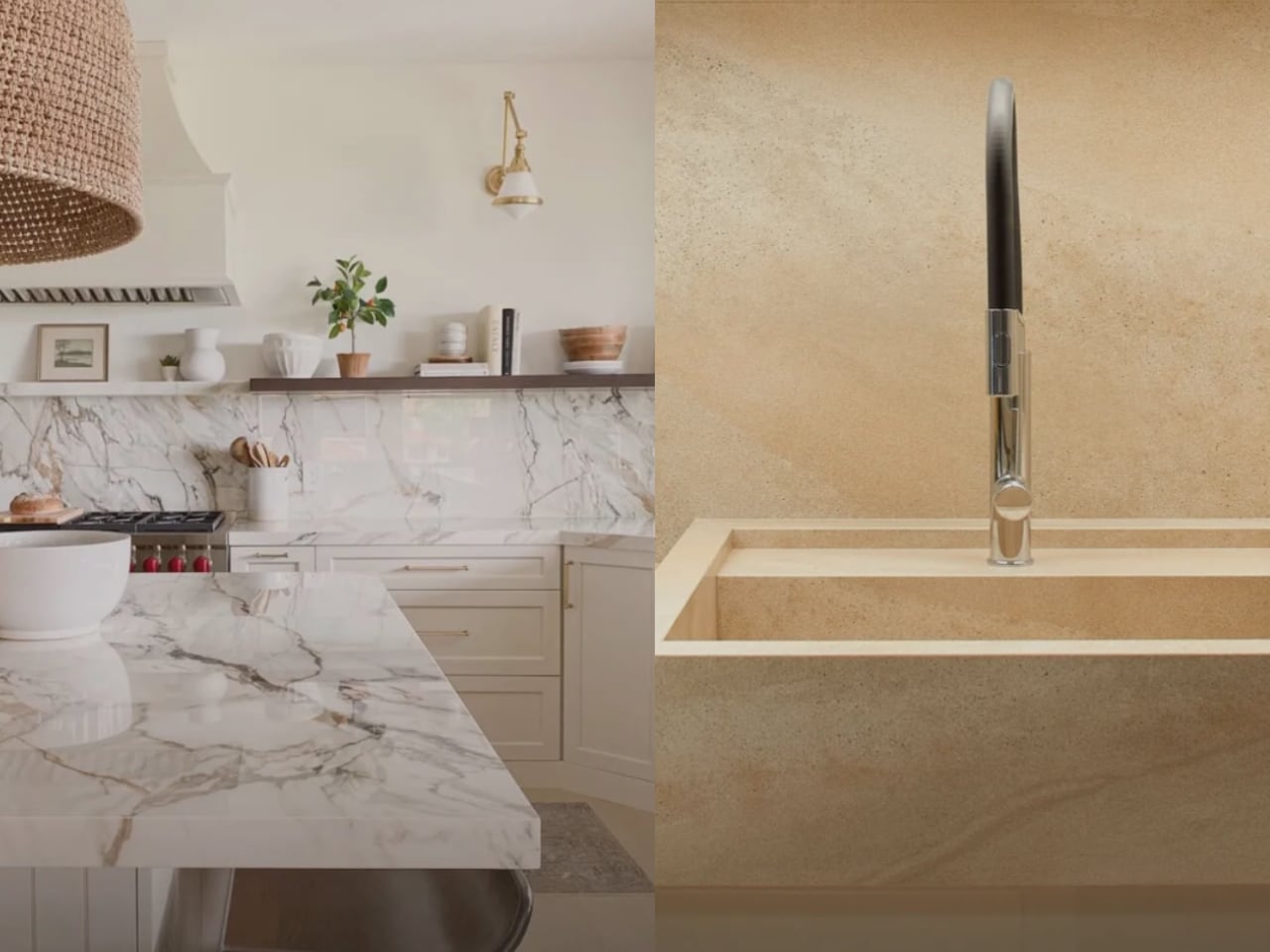

The collection’s interior-exterior versatility simplifies project specification while ensuring performance consistency across diverse applications. Architects can select a single material family for applications ranging from kitchen surfaces to building facades, reducing coordination complexity and potential compatibility issues. Material innovation continues advancing architectural possibilities while supporting environmental objectives, establishing sintered stone as the go-to choice for contemporary projects seeking alternatives to traditional materials that combine performance with sustainability.

